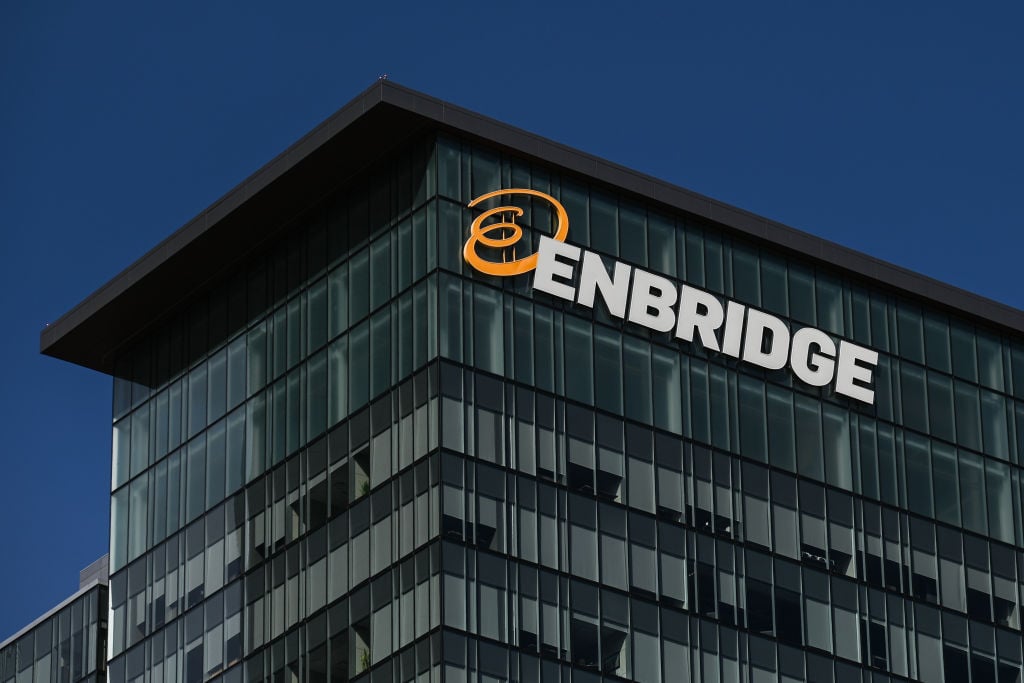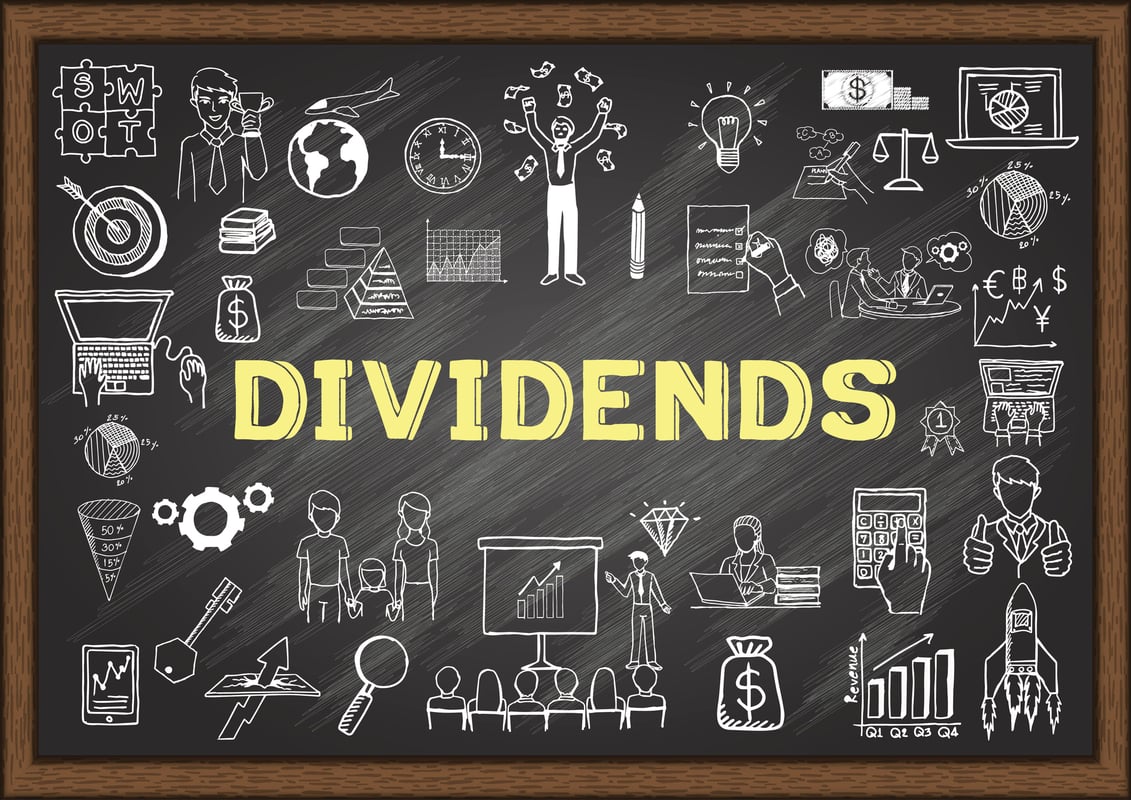Enbridge (ENB 0.10%) has undergone a significant portfolio shift over the past few years. In 2016, the Canadian energy infrastructure giant generated 7 billion Canadian dollars of EBITDA ($5 billion), 75% of which came from its liquids pipeline segment, compared to 20% from gas infrastructure and 6% from power and energy services. It has grown and diversified that mix over the past few years via acquisitions and organic expansion so that 53% of its CA$13 billion ($9.3 billion) in EBITDA came from liquids last year, compared to 42% from gas infrastructure and 5% from power and energy services.
That pivot toward cleaner energy will likely continue over the next five years. It's one of many changes investors should expect from the energy company in the future.

Image source: Getty Images.
Cleaning up its portfolio
Enbridge currently anticipates that it can invest between CA$5 billion and CA$6 billion ($3.6 billion to $4.3 billion) annually on expanding its energy infrastructure business over the next several years. This spending level should support cash flow per share growth of 5% to 7% per year.
Its liquids business will remain an important driver for the company, given Enbridge's view that it could invest around CA$2 billion ($1.4 billion) per year to grow these operations. Opportunities include expanding its pipelines and building out export infrastructure.
However, it sees even greater growth potential in cleaner energy sources like natural gas and renewables. In the company's view, it could invest CA$2 billion per year on gas transmission projects, CA$1 billion annually on expanding its natural gas utility businesses, and another CA$1 billion per year on renewables, particularly offshore wind. This outlook suggests that a larger supply of Enbridge's cash flow will come from clean energy in the future, including a much more meaningful contribution from renewables, powered by several offshore wind projects in Europe it has under development.
A financial fortress
The energy industry has endured two devastating downturns over the past several years. Because of that, the sector is increasingly focusing on reducing risk. Enbridge has done this over the past few years by selling non-core assets to help pay down debt. These moves have improved its leverage ratio from around six times debt-to-EBITDA in 2016 to 4.6 times last year, which is within its current target range of 4.5 to five times.
However, with market conditions deteriorating again this year, companies like Enbridge will likely become even more conservative in the future. The company already expects its leverage ratio to decline toward four times by 2022 as more expansions come online. However, it could aim to push it even lower by 2025 via additional non-core asset sales. By strengthening its already top-tier balance sheet, Enbridge will be in an even better position to withstand the next energy market shock.
In addition to reducing leverage, Enbridge will likely take other steps to ensure it has a fortress-like financial profile. One potential option is that it could grow its dividend at a slower rate than its cash flow in the coming years, which would reduce its payout ratio over time. Last year, for example, it paid out 65% of its cash flow, which was at the midpoint of its 60% to 70% target range. However, it could aim for an even lower level in the future, especially since rivals like Kinder Morgan (KMI 0.25%) and TC Energy (TRP 0.40%) only pay out 52% and 40% of their cash flow, respectively.
Stronger and cleaner in five years
Enbridge's strategy over the next five years will likely share many similarities to its plan during the past few years. The company appears poised to continue its strategic pivot toward cleaner energy by investing the bulk of its expansion capital into natural gas and renewables. Meanwhile, it will undoubtedly continue to shore up its balance sheet through non-core asset sales while also potentially slowing the pace of dividend growth so that it can improve its coverage ratio. These moves will put the company in an even stronger position to weather the energy market's volatility in the coming years so that it can continue creating value for investors.






